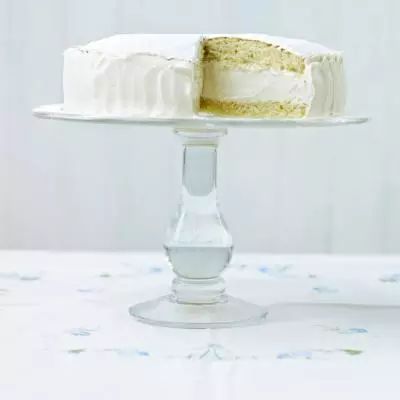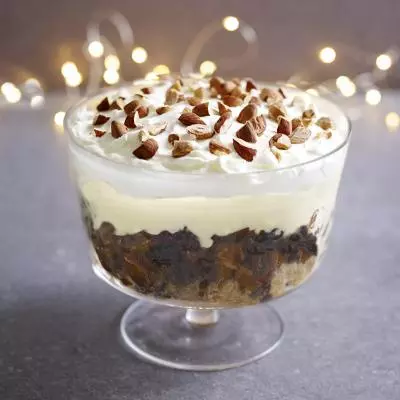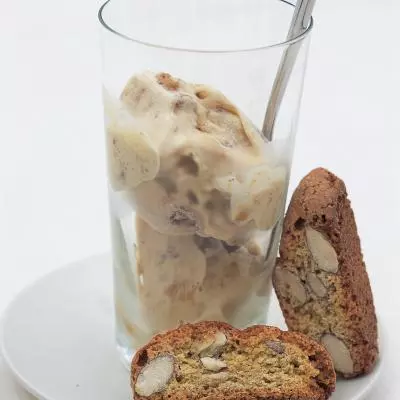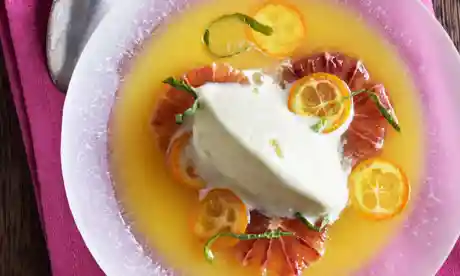Zabaglione, Sabayon, Delia ...
- rosemary
- Apr 19, 2024
- 5 min read
"a fragile whip of cream contained in a little glass, concealing within its innocent white froth a powerful alcoholic punch." Elizabeth David

And to emphasise the alcoholic punch Gennaro Contaldi made a cocktail with it in a rather silly video - if you are into cocktails. But that's just an aside.
This week is a guru week in my kitchen - and it was Delia's turn. So I picked the next of her books in my collection - volume 3 of her How to Cook series. As I flicked through looking for my dinner recipe for the week - packed full of good things by the way - I noticed, first of all, a recipe for zabaglione - the result is shown here - and as I continued flicking several other recipes that used zabaglione - Venetian zabaglione cake, Panettone and zabaglione trifle, zabaglione ice cream with biscotti, Chilled rum sabayon. The link will take you to a group page -
All of which was a bit of a coincidence as zabaglione/sabayon had been on my Ideas list for some time. So a sign but not a bad one this time. Just a coincidence really. A nudge.
Initially I was going to include syllabubs and possets in the mix, because, in my ignorance I thought they were basically the same thing - I mean syllabub is not that far away from sabayon etymologically speaking is it? But when I investigated I found they are not really the same at all - no eggs - so I'm leaving them for another time.
Zabaglione, or zabaione, it is generally agreed, is an Italian invention - some time around the second half of the fifteenth century, although Venice, Tuscany and Piedmont seem to vie for the ultimate creation honour. Northern Italian though. Sabayon - the French version - seems to be associated with Nice, which was, of course, once part of Italy. Rachel Roddy investigated a little bit further and has this to say:
"Encyclopedia Treccani notes only that zabaione is onomatopoeic, from Northern Italy and refers to the action of mescolanza – mixing, or guazzabuglio, a confused mixture of various material or abstract things."
So what is it? "Sabayon is a bit like grown-up custard: none of the milk, and a load of alcohol instead, says Yotam Ottolenghi although he doesn't seem to be much into it. I only found one recipe where it was indeed just used like custard on a rhubarb dish. And yes it can be used like a custard, in which case it is served warm and is fairly runny.

However it is also often thick and more like a loose creamy dessert like crème brulée but without the crunchy crust, maybe a tiny bit runnier - like this classic version from Guy Grossi and traditionally served with biscotti or other crunchy biscuit like things.
There are just three ingredients - egg yolks, sugar and alcohol with the greatest variation being in the alcohol. Really almost anything goes although the tradition seems to be marsala. However, I have now seen recipes with any kind of sweet wine, champagne, well any kind of wine really including red, limoncello, rum or non alcoholic liquids such as citrus juice.

It's also one of those recipes that is super simple and that can go horribly wrong if you take your eye off the ball, stop whisking or whisking too long, so that you end up with scrambled eggs instead. So don't really listen to reassuring words like David Lebovitz's: "There’s nothing hard or fancy about making sabayon; you just stand there and whip and whip and whip."
And then you pour it over some fruit - the most common choice being strawberries.
And there is also lots of advice from various 'experts' including Felicity Cloake of course who does her How to make the perfect ... thing:

"To whip up successfully, the protein-rich yolks need to be mixed with water – here in the form of wine, though you can, I’m assured, substitute coffee, hot chocolate or fruit juice, if you prefer ... it is heated to set the foam (or, as McGee puts it rather more technically, to encourage the egg proteins to “unfold and bond with each other into a reinforcing matrix”)."

Rachel Roddy further explains what happens as you whisk away:
"What happens is down to the proteins in the yolk: disrupted by stirring, and helped by heat and the wine’s acidity, the protein molecules are unpacked for action and coat the air bubbles, which bond, causing expansion. The key is making sure the simmer remains gentle so the mixture never overheats. And stopping at the right moment, when the zabaione is puffed, thick and stable: the whisk leaves furrows and retains cream inside, but soft rather than sticky and over-coagulated; aerated and creamy as opposed to shaving foam."

Although Gennaro Contaldi may annoy some with his over the top Italianness, he does do a very good job in his video - perched above the Amalfi coast. Limoncello is his alcohol of choice. So if you plan on making it have a look - it's not very long and is very clear.

Mostly people seemed to eat it as is with those crunchy biscuits, or else with fruit but Rachel Khoo decided to experiment a tiny bit by combining her strawberries with tomatoes because they apparently have the same flavour profile. And according to the writer of Lisa is Cooking who reproduced her
Others, other than Delia that is, took it a step further. Delia made a luscious looking ice cream, which quite logically included those biscotti broken into the ice cream mix. Others have gone the ice cream way however. Robert Carrier made a Zabaglione pudding in which the zabaglione was given the gelatine treatment, chilled, turned out and topped with more zabaglione. However, the recipe is not online, but if you have a copy of his Great Dishes of the World, you will find it there. Recipes for frozen dishes that can be found online include: Zabaglione ice cream with balsamic blueberries - delicious.; Meringue and zabaglione semifreddo - Another One Bites the Crust Blog - a recipe from the Osteria de’ Poeti in Bologna; Frozen sabayon with blood orange soup/David Lebovitz
Or you can even bake it - Citrus sabayon tart - Pastry Chef Online; Baked zabaglione with elderflower and fresh strawberries and also her Elderflower fritters with zabaglione which are not baked but fried. Alas I don't think we Australians will be able to find the elderflowers unless you have some in your garden.
I have had both zabaglione and sabayon but I confess I'm not a massive fan. Maybe I should try it again. When fairly late in life Robert Carrier wrote his New Great Dishes of the World he still included Zabaglione but this time added it to his Basics section alongside such fundamental things as mayonnaise, Hollandaise sauce and pastry. Which is recognition of a fairly extreme kind.
















Comments